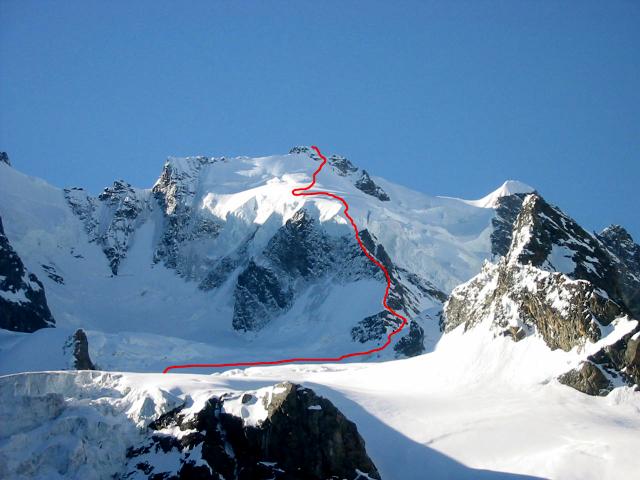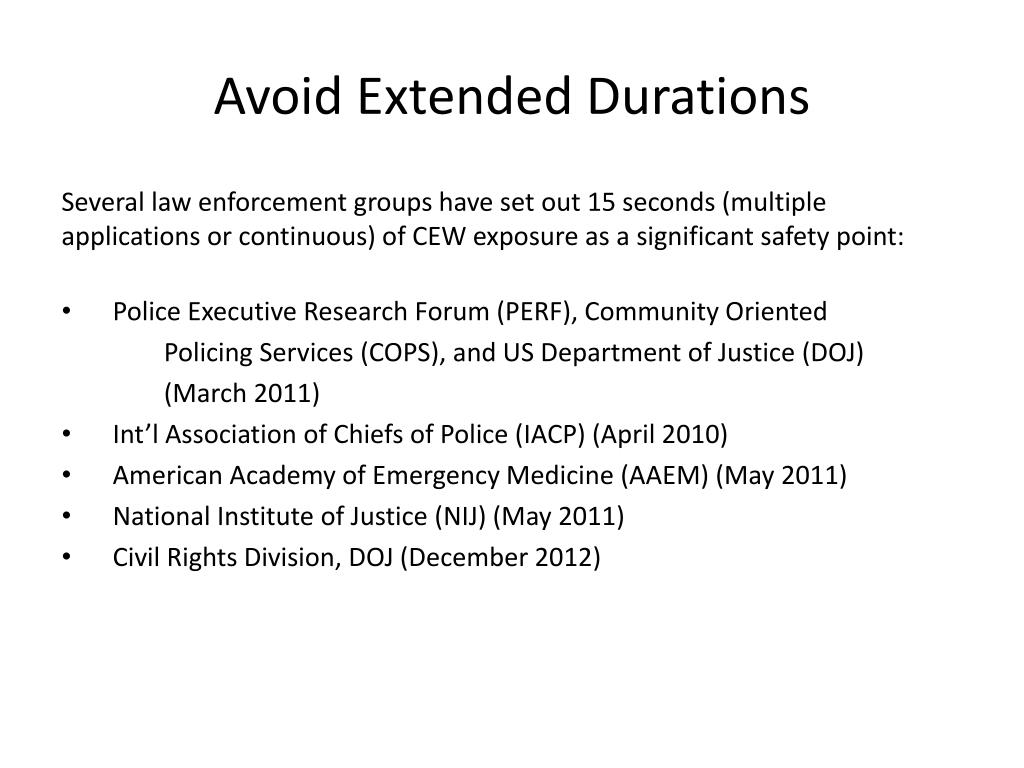

regressors with different coefficients for each FE category)ģ.

A novel and robust algorithm to efficiently absorb the fixed effects (extending the work of Guimaraes and Portugal, 2010).Ģ. For diagnostics on the fixed effects and additional postestimation tables, see sumhdfe.ġ. For nonlinear fixed effects, see ppmlhdfe (Poisson). Reghdfe is a generalization of areg (and xtreg,fe, xtivreg,fe) for multiple levels of fixed effects, and multi-way clustering.įor alternative estimators (2sls, gmm2s, liml), as well as additional standard errors (HAC, etc) see ivreghdfe. depvar cannot be of the form i.y though, only #.y (where # is a number) Valid values are 3 (reghdfe 3, circa 2017) and 5 (reghdfe 5, circa 2020)ĭepvar and indepvars may contain factor variables and time-series operators. Show elapsed times by stage of computation Particularly useful are the noomitted and noempty options to hide regressors omitted due to collinearityĪmount of debugging information to show (0=None, 1=Some, 2=More, 3=Parsing/convergence details, 4=Every iteration) Set confidence level default is level(95)Ĭontrol columns and column formats, row spacing, line width, display of omitted variables and base and empty cells, and factor-variable labeling Preserve the dataset and drop variables as much as possible on every step A large pool size is usually faster but uses more memory More suboptions avalable hereĪpply the within algorithm in groups of # variables (else, it will run on all variables at the same time).

Specify that each process will only use #2 cores. Partial out variables in # separate Stata processes, speeding up execution depending on data size and computer characteristics. Faster but less accurate and less numerically stable. Solve normal equations (X'X b = X'y) instead of the original problem (X=y). Will not create e(sample), saving some space and speed Maximum number of iterations (default=16,000) if set to missing (. Prune vertices of degree-1 acts as a preconditioner that is useful if the underlying network is very sparse currently disabledĬriterion for convergence (default=1e-8, valid values are 1e-1 to 1e-15) options are none, diagonal, and block_diagonal (default) MAP transform operation options are kaczmarz, cimmino, and symmetric kaczmarz (default) MAP acceleration method options are conjugate_gradient ( cg, default), steep_descent ( sd), and aitken Variation of Spielman et al's graph-theoretical (GT) approach (using spectral sparsification of graphs) currently disabled Partial out variables using the "method of alternating projections" (MAP) in any of its variants (default) Unique identifier for the first mobility group note: the postestimation command " predict, d" requires this optionĪllows selecting the desired adjustments for degrees of freedom rarely used but changing it can speed-up execution Vcetype may be unadjusted (default), robust or cluster fvvarlist (allowing two- and multi-way clustering) note: mean and sum are equivalent if all groups are of equal size (eg: 11 starting players in a football/soccer team) How are the individual FEs aggregated within a group. note: the individual() option requires the group() note: using group() without individual() is equivalent to running the regression on 1 observation per groupĬategorical variable representing each individual whose fixed effect will be absorbed(eg: inventor_id) note: regression variables (depvar, indepvars) must be constant within each group (eg: patent_citations must be constant within a patent_id) Save all fixed effect estimates with the _hdfe* prefixĬategorical variable representing each group (eg: patent_id) Reghdfe depvar, absorb( absvars indvar) group( groupvar) individual( indvar) OptionsĬategorical variables representing the fixed effects to be absorbed Reghdfe depvar, absorb( absvars) įixed effects regressions with group-level outcomes and individual FEs: Least-square regressions (no fixed effects): Also supports individual FEs with group-level outcomes Linear regression with multiple fixed effects.


 0 kommentar(er)
0 kommentar(er)
